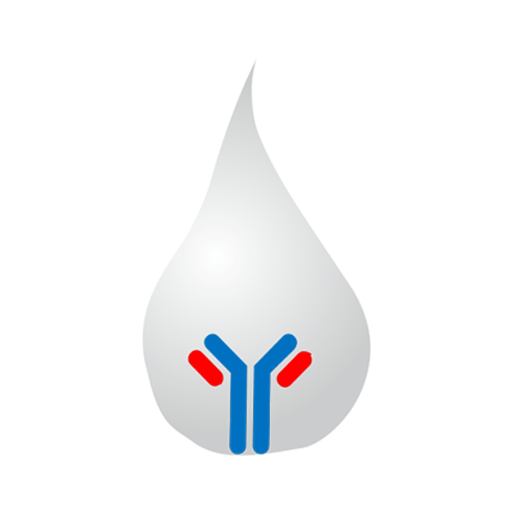Description
| CATALOG # | OttoBC142 |
| PRODUCT NAME | Glucose Assay Kit |
| APPLICATIONS | Fully automated analyzer, Spectrophotometer |
| REACTIVITY | Universal |
| SAMPLES TYPE | Serum, Plasma (Edta or Heparin) |
| Content | Explanation | Shelf life |
| Reagent-1 | 1x30ml | 6 months |
| Calibrator | 1×0.5ml | 6 months |
| Q.Control | 1×0.5ml | 6 months |
1. Glick MR, Ryder KW, Jackson SA. Graphical Comparisons of Interferences in Clinical Chemistry Instrumentation. Clin Chem 1986; 24:863-869.
2. Greiling H, Gressner AM (Hrsg.) Lehrbuch der Klinischen Chemie und Pathobiochemie, 3 Auflage, Stuttgart / New York; Schattauer Verlag: 1995.
3. Krieg M et al. Vergleichende quantitative Analytik klinisch-chemischer Kenngrößen im 24 Stunden- Urin und Morgenurin. J Clin Chem Clin Biochem 1985;24:863-869.
4. Peterson Jl, Young DS. Anal Biochemistry 1985:23:301.
5. Schmidt FH, Klein Wschr 1961:39:1244
6. Thomas L (Hrsg). Labor und Diagnose, 4. Auflage. Marburg: Die Medizinische Verlagsgesellschaft, 1992.
7. Tietz NW (Hrsg). Clinical Guide to Laboratory Tests, 3. Auflage. Philadelphia. PA: WB Saunders Company: 1995:266-273.
